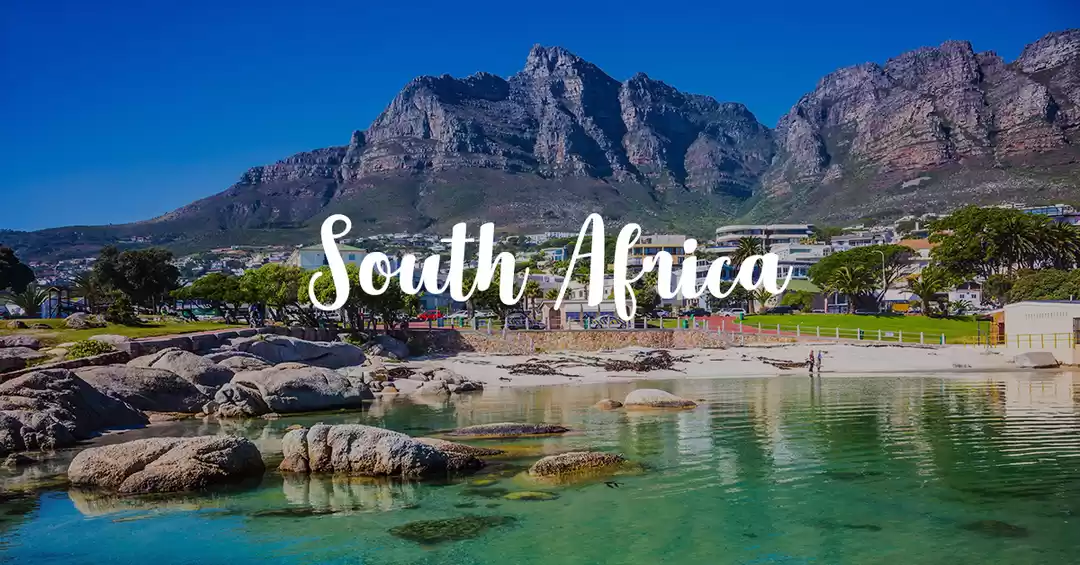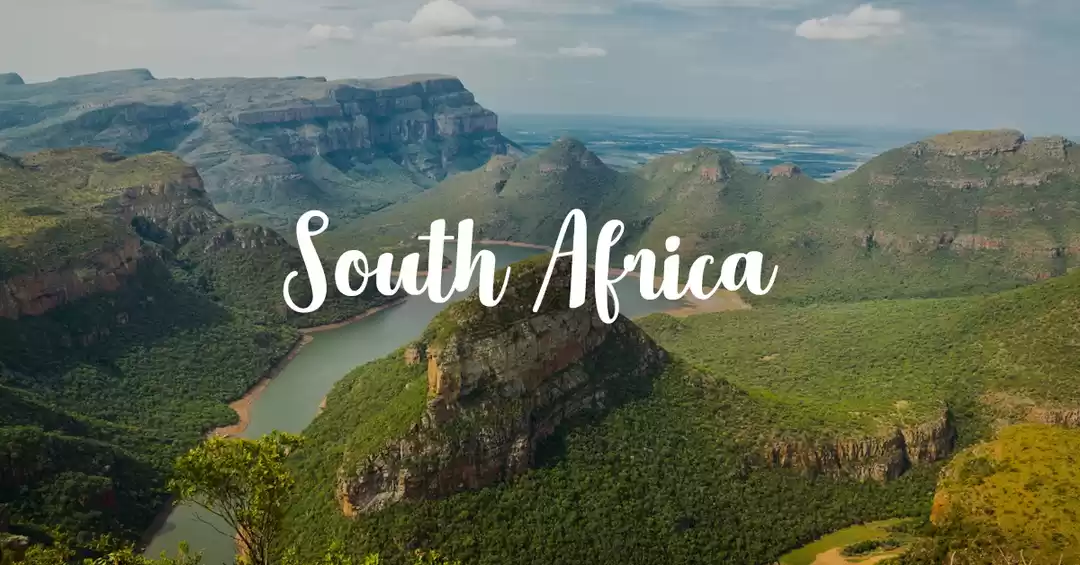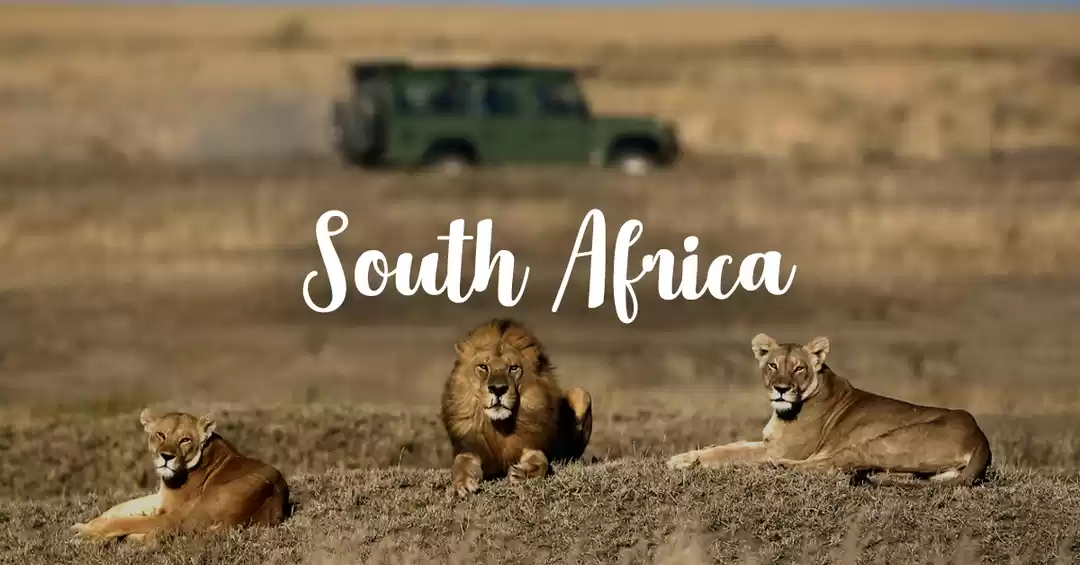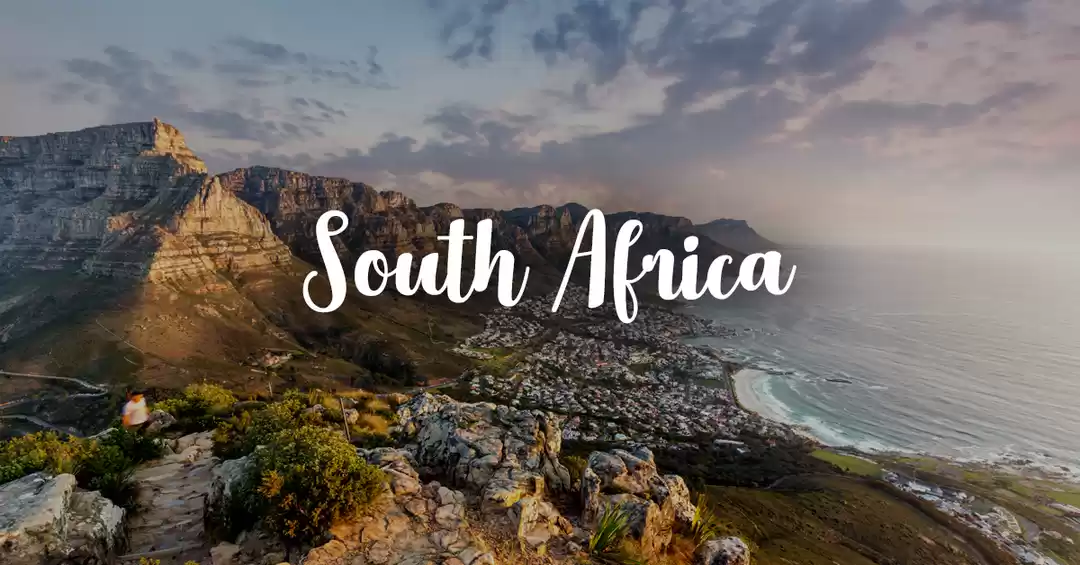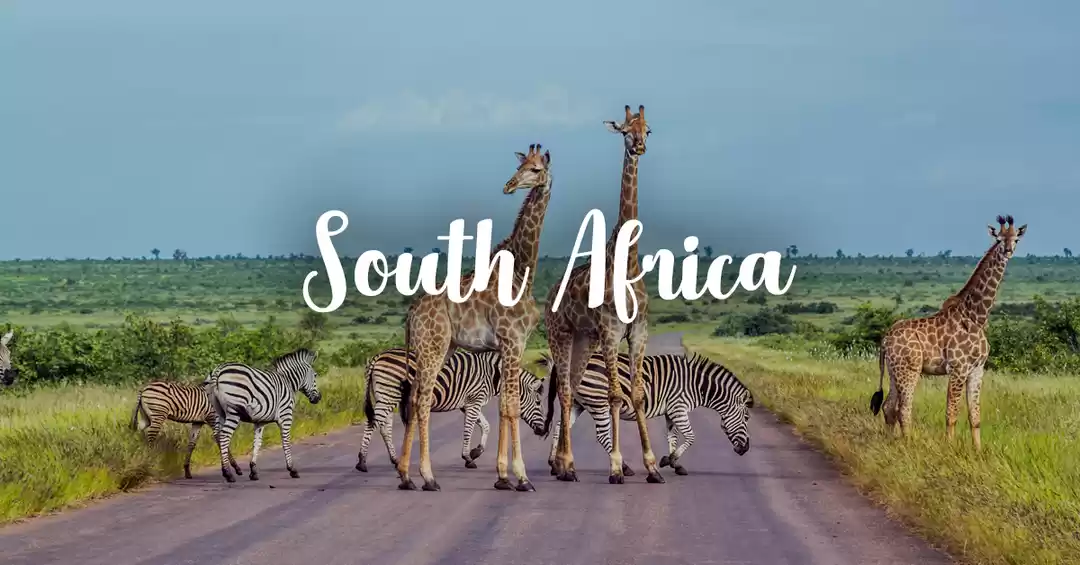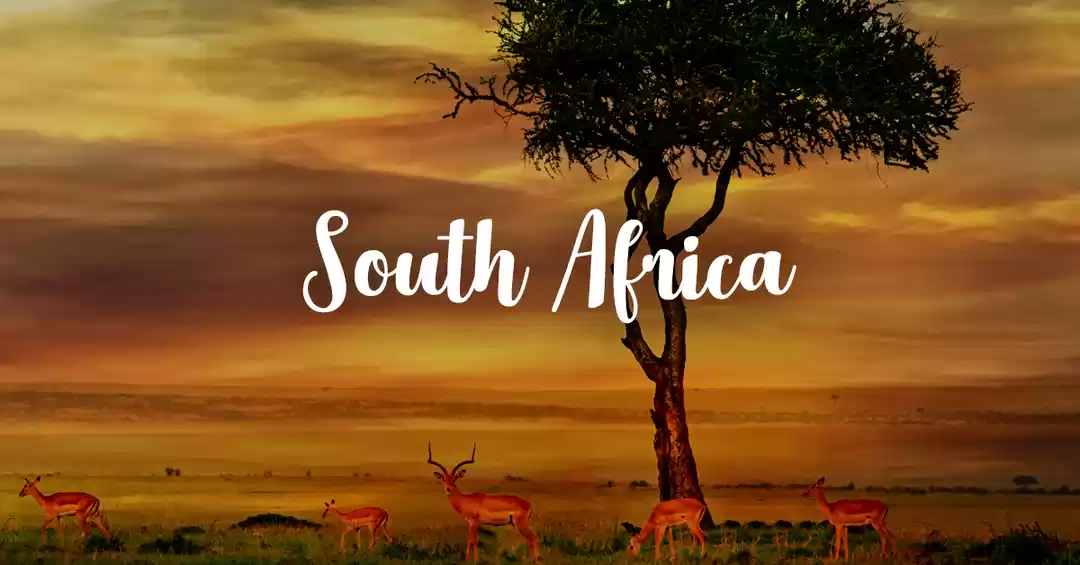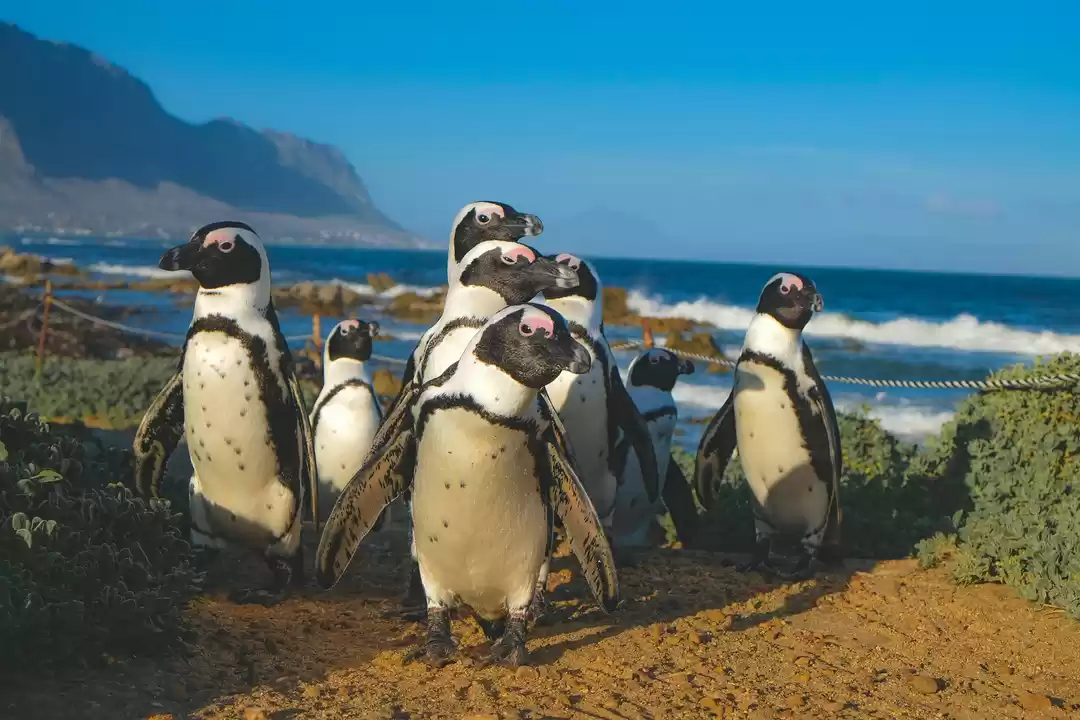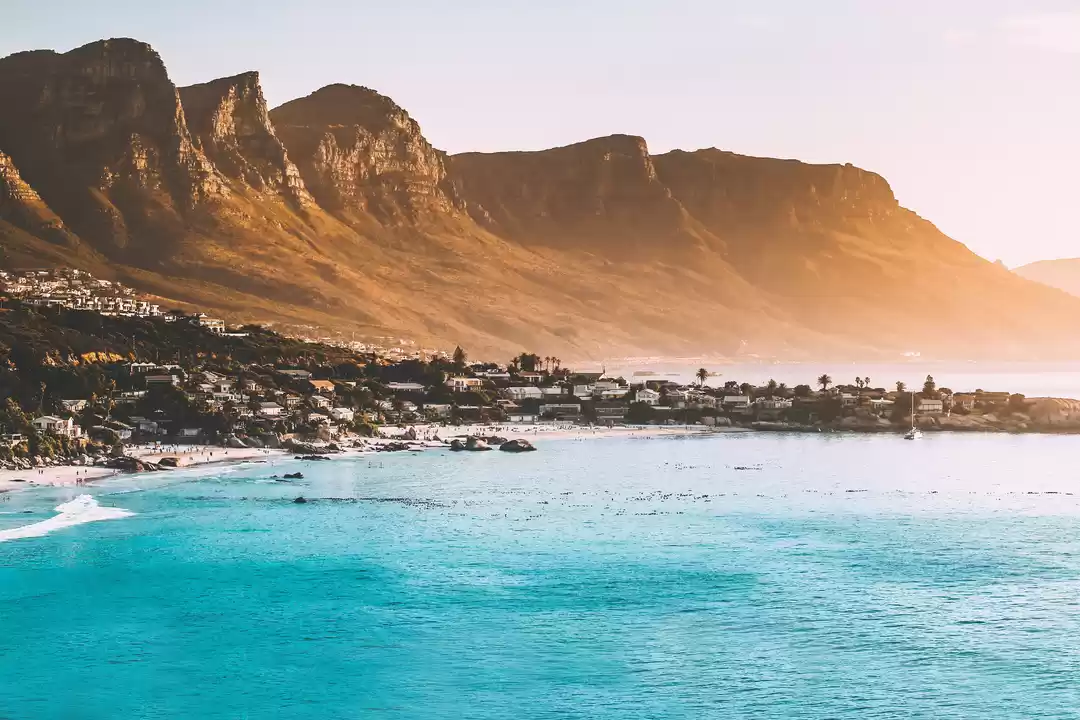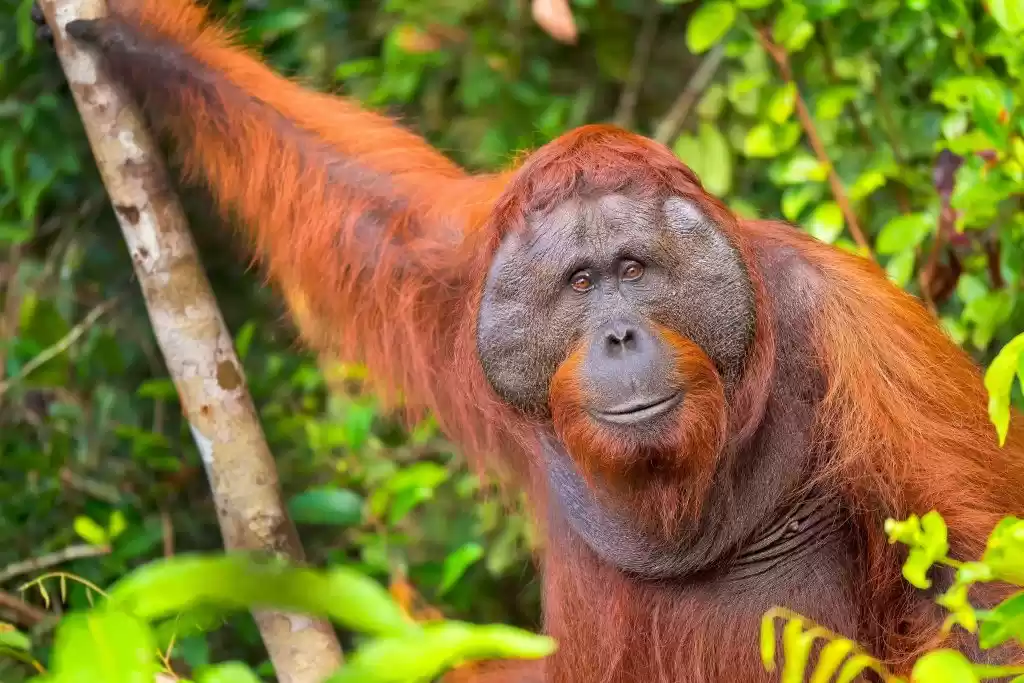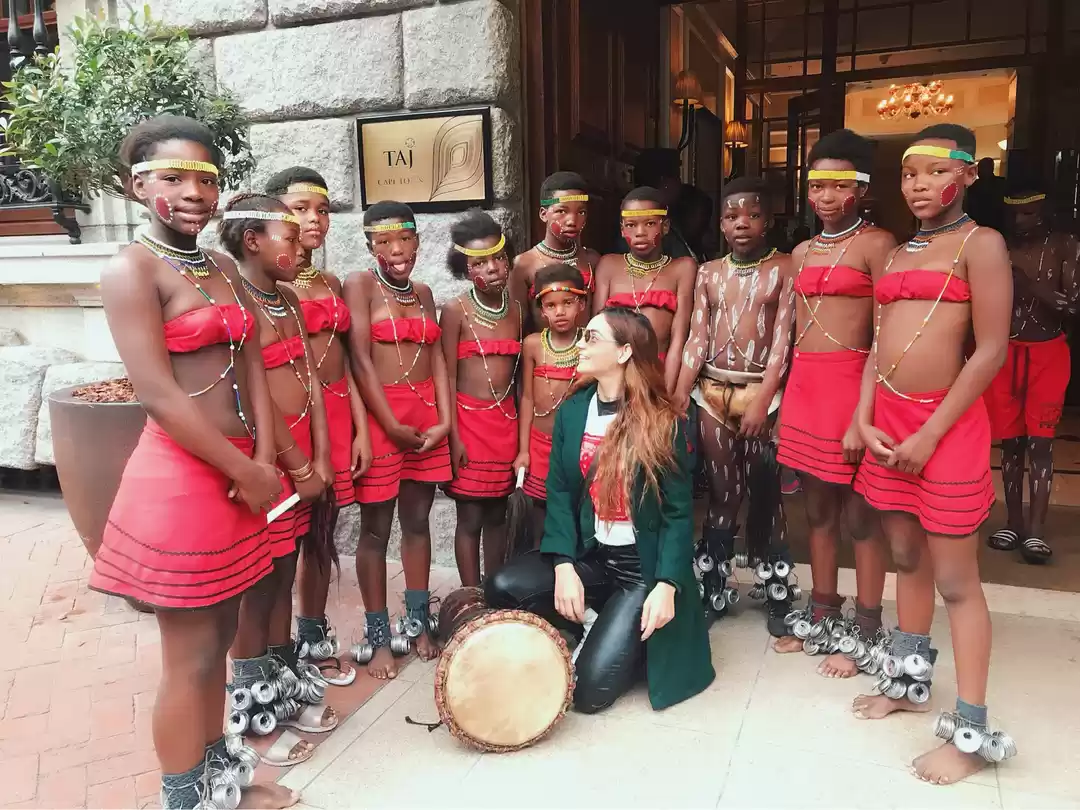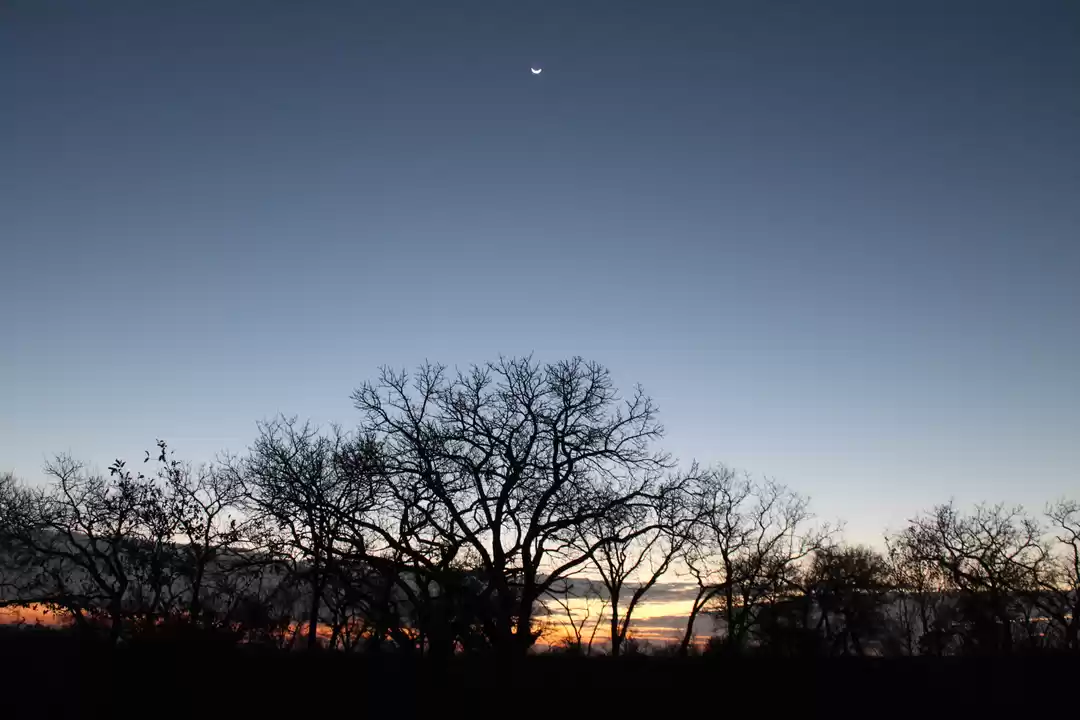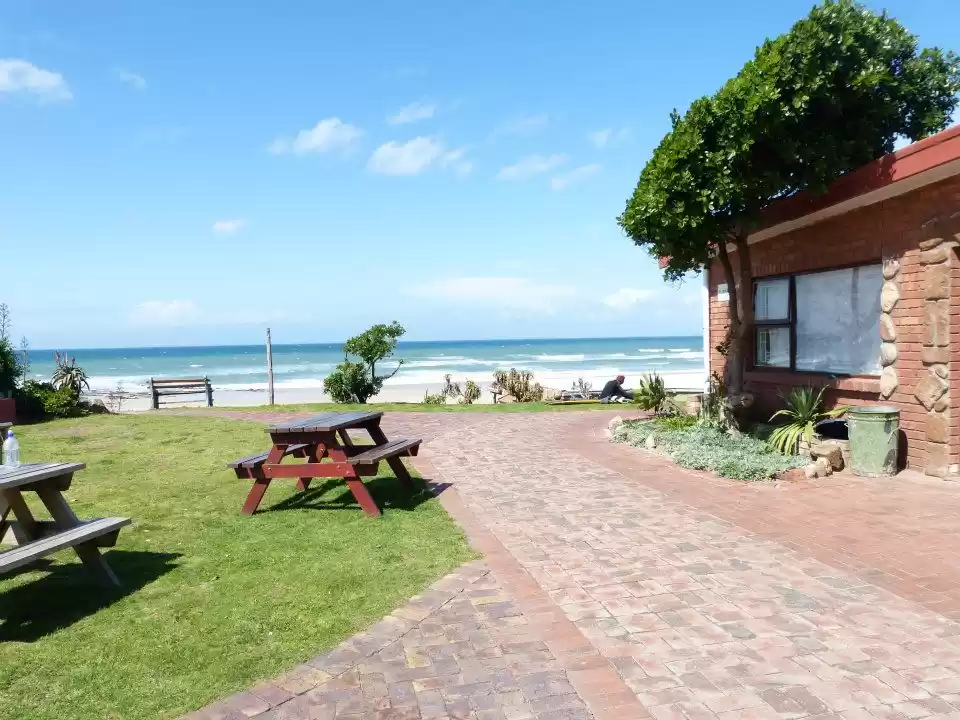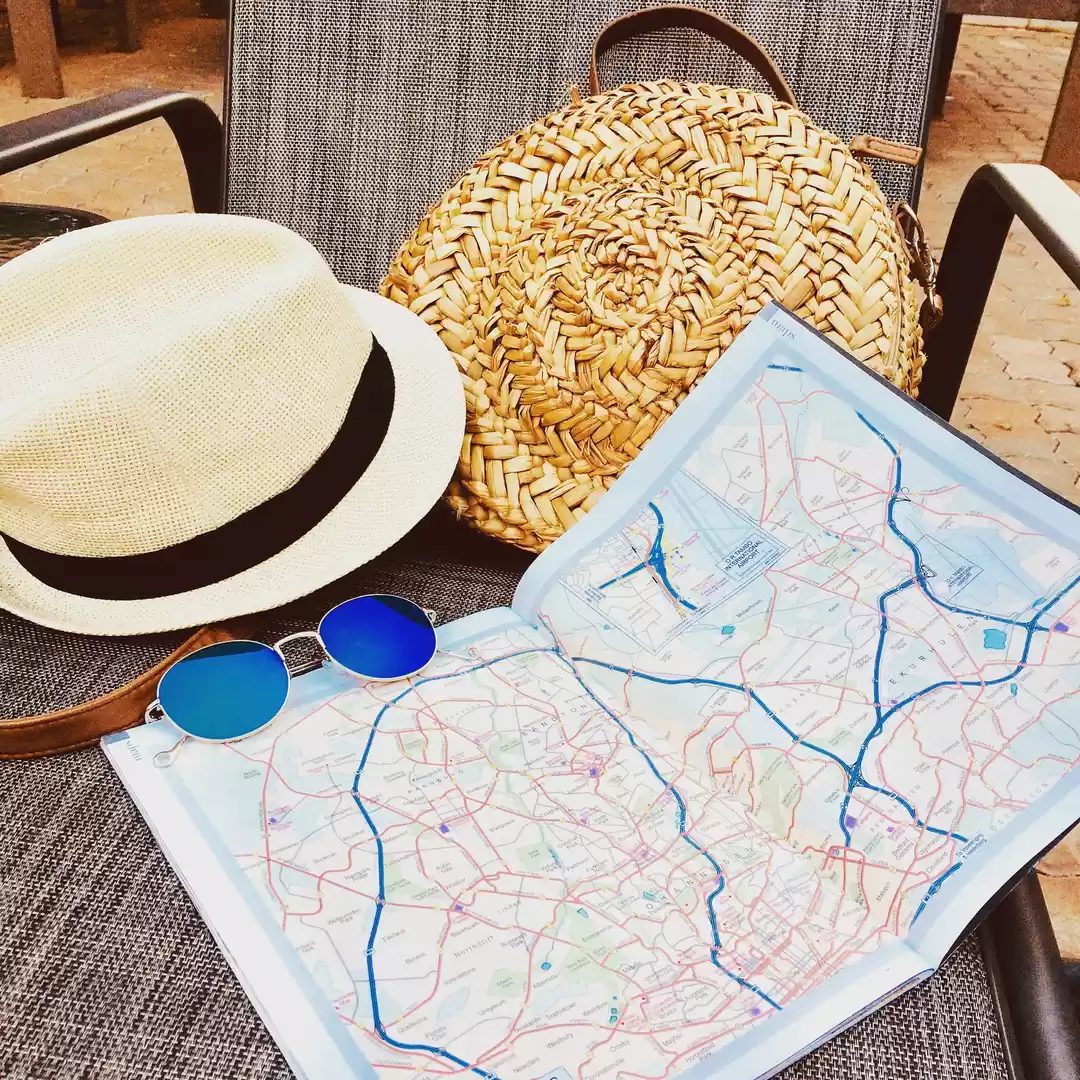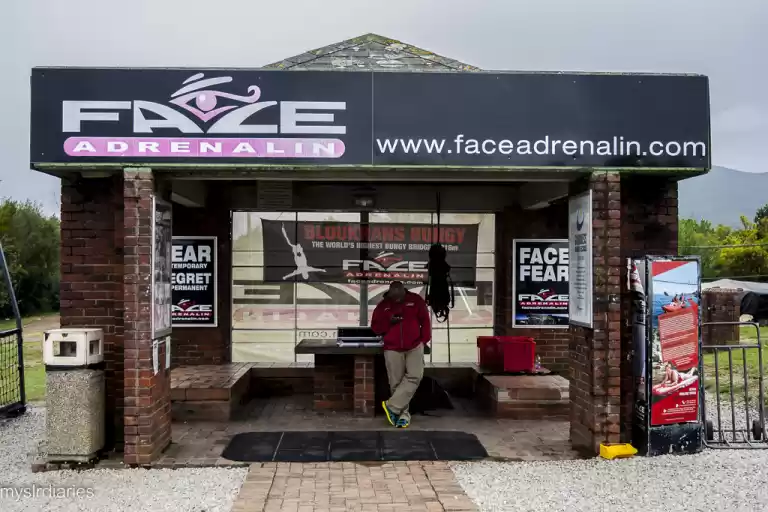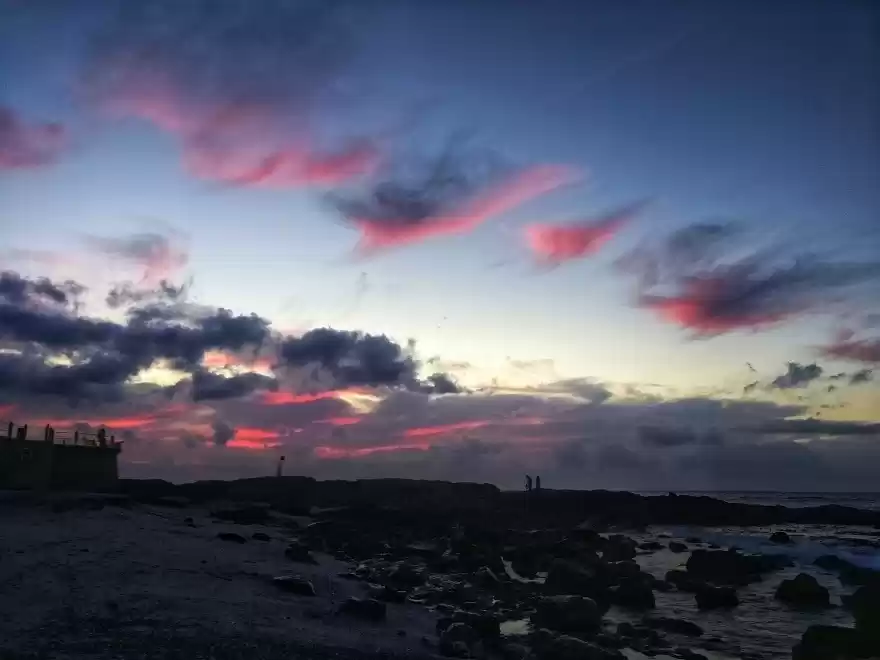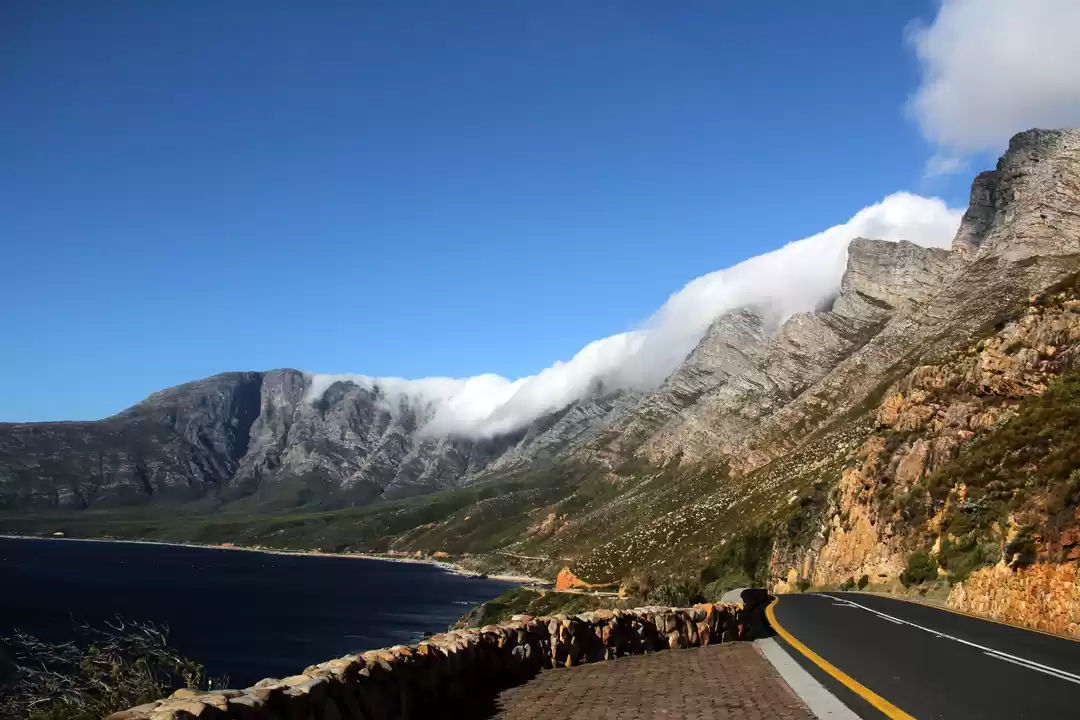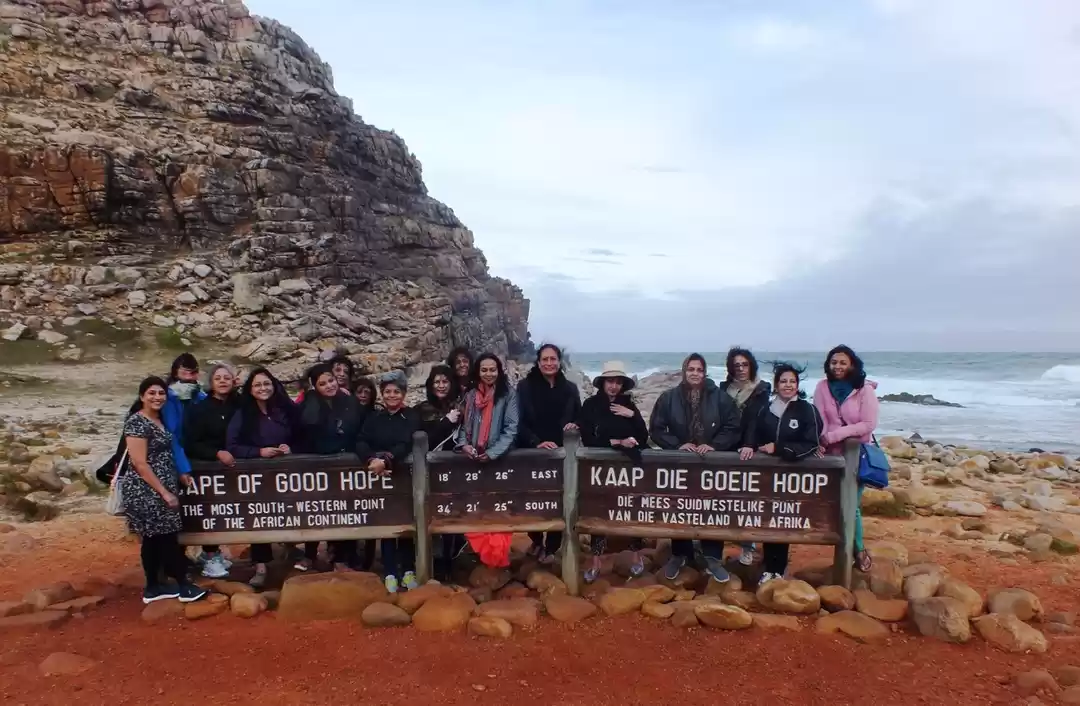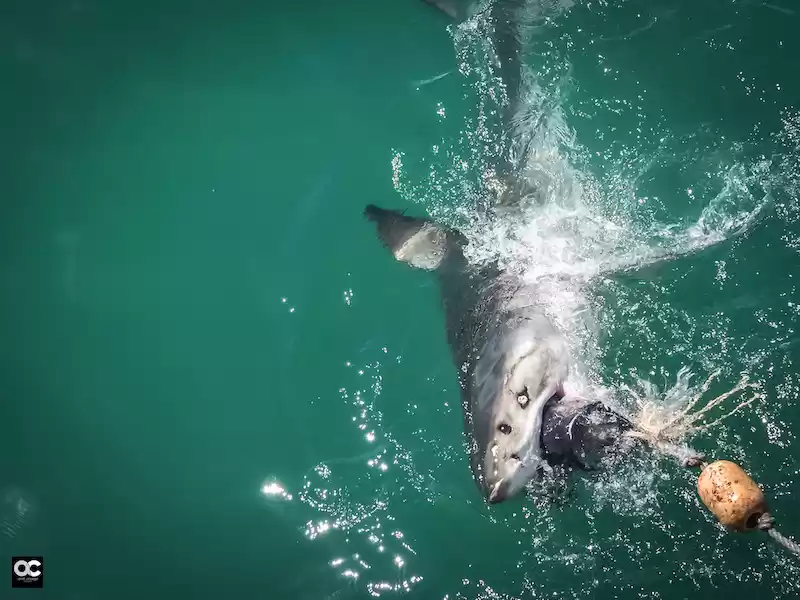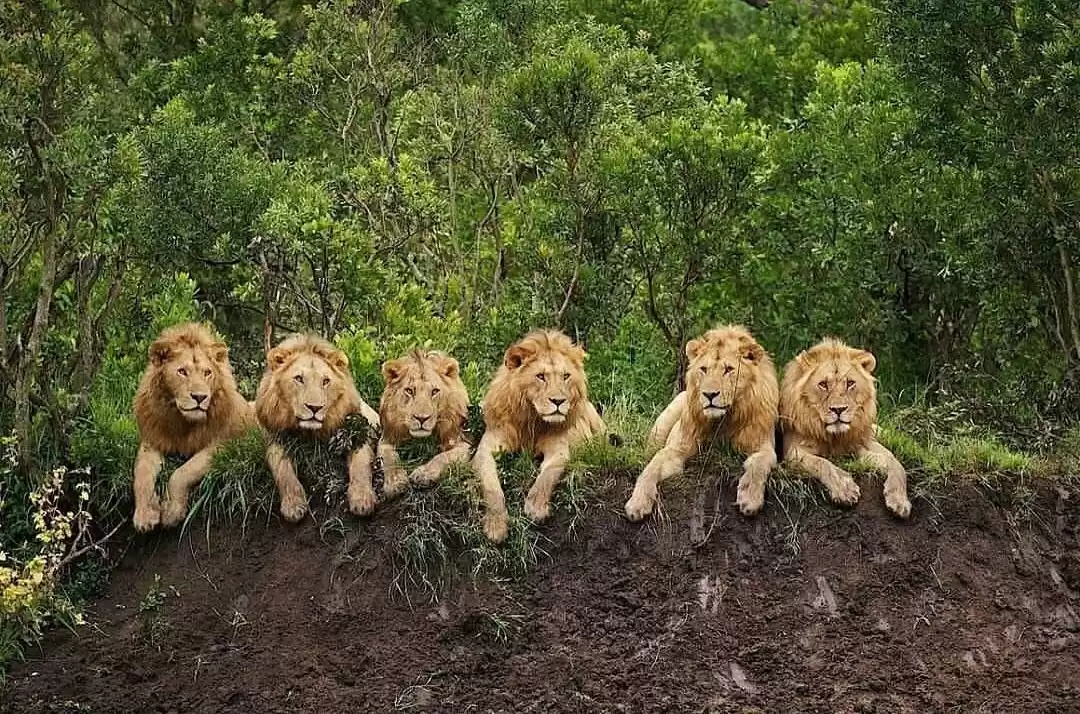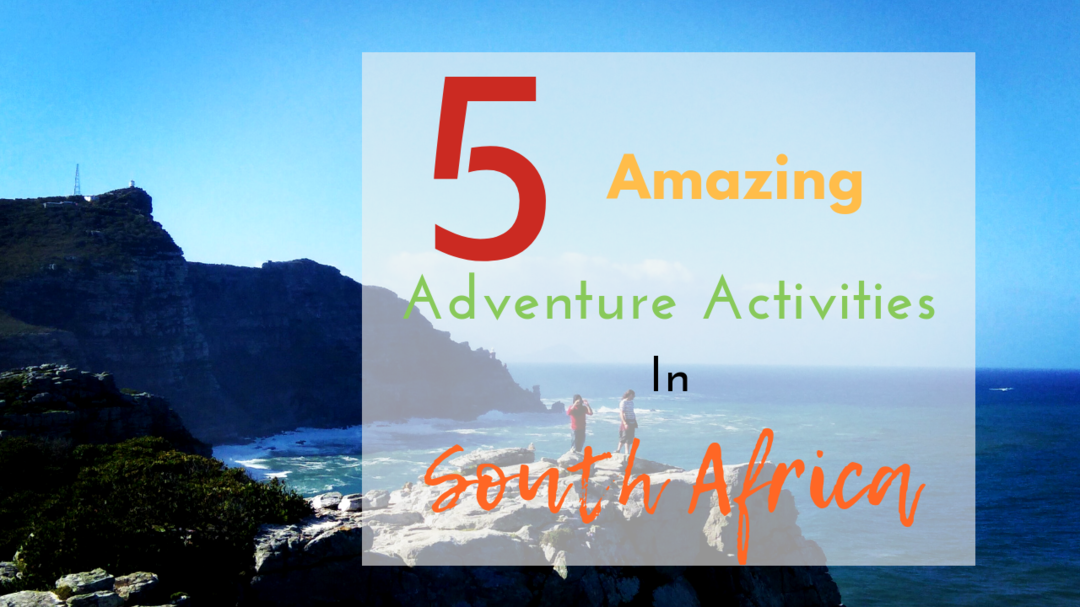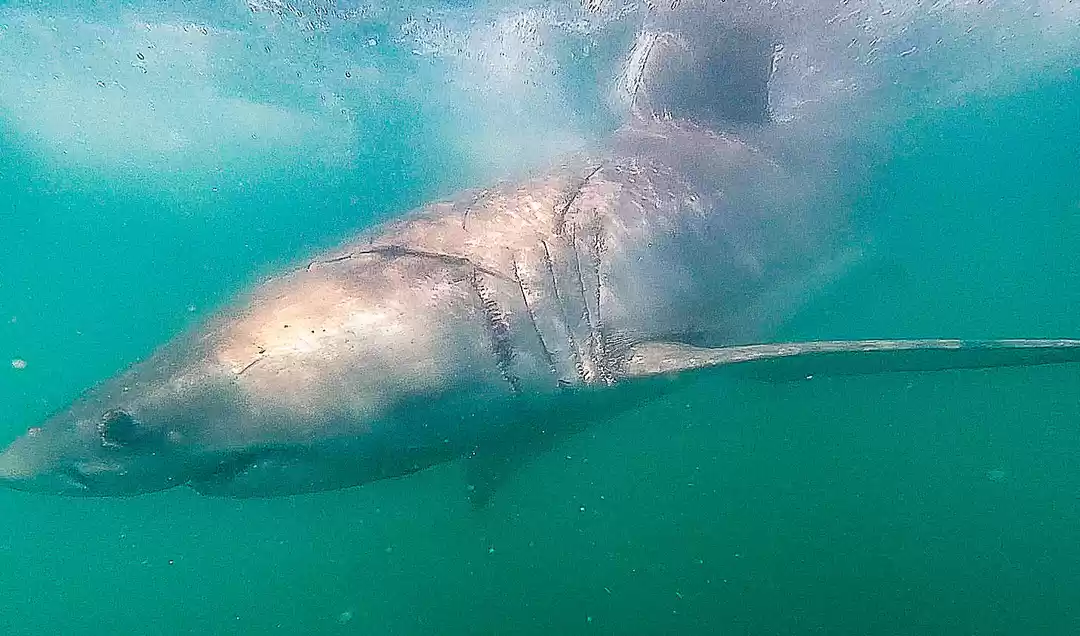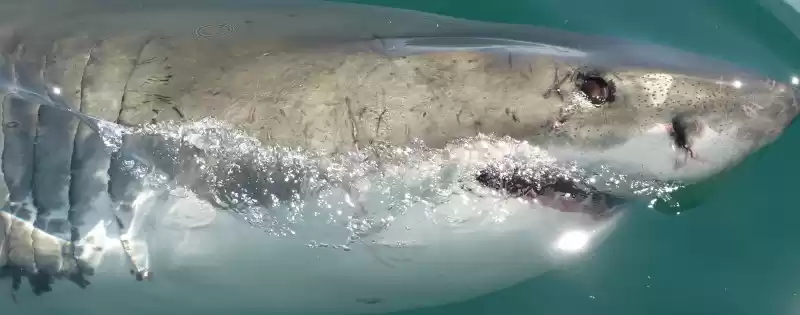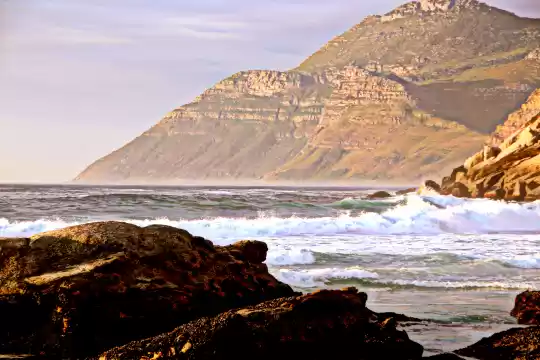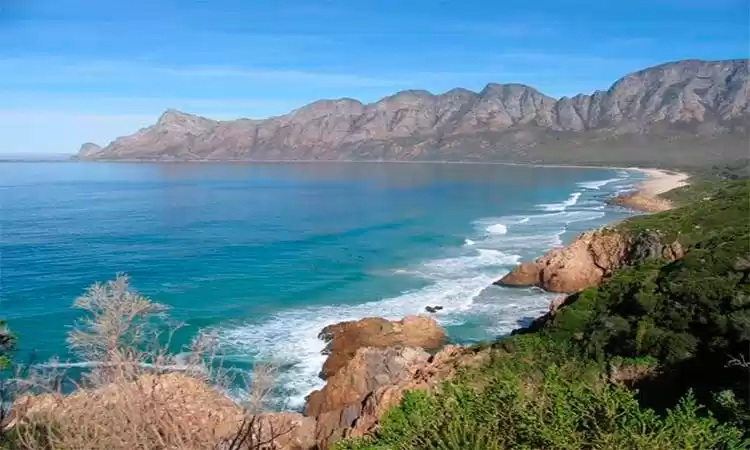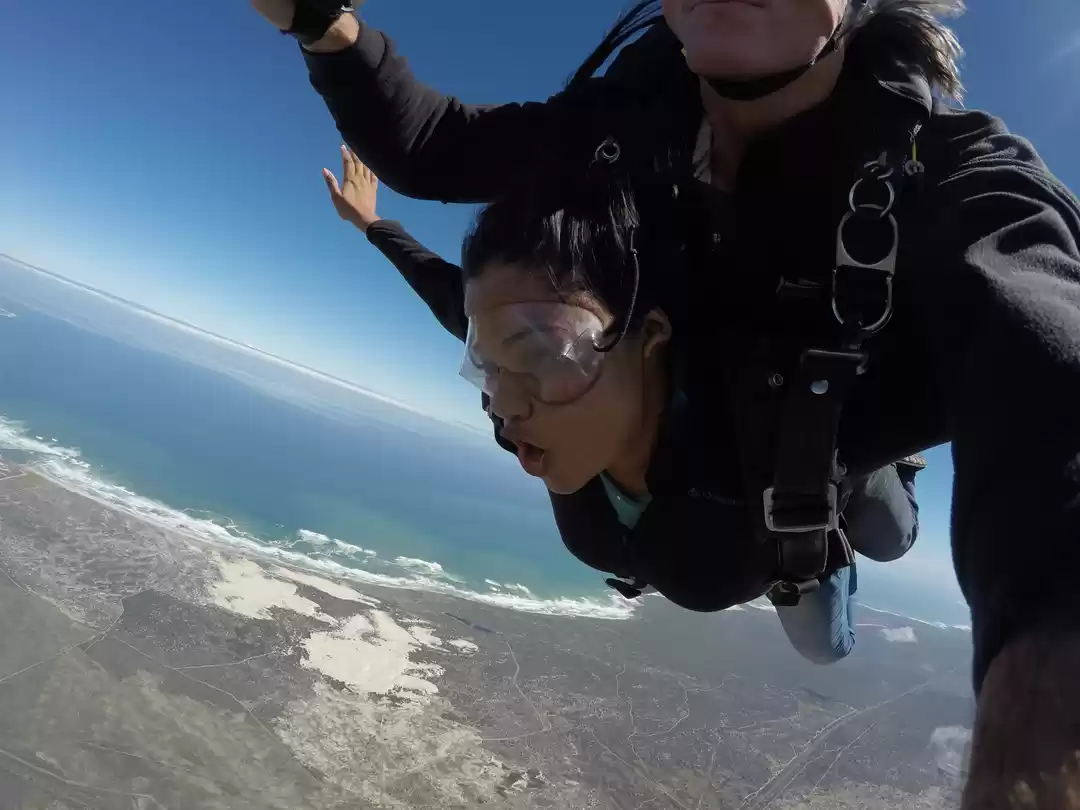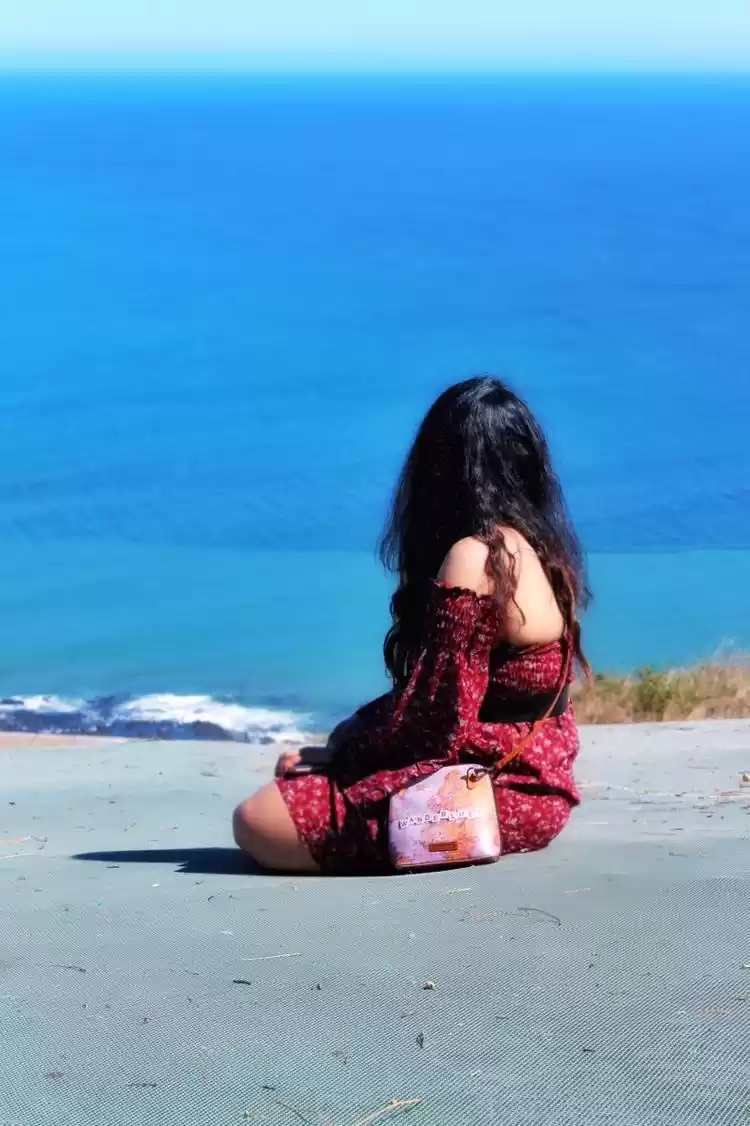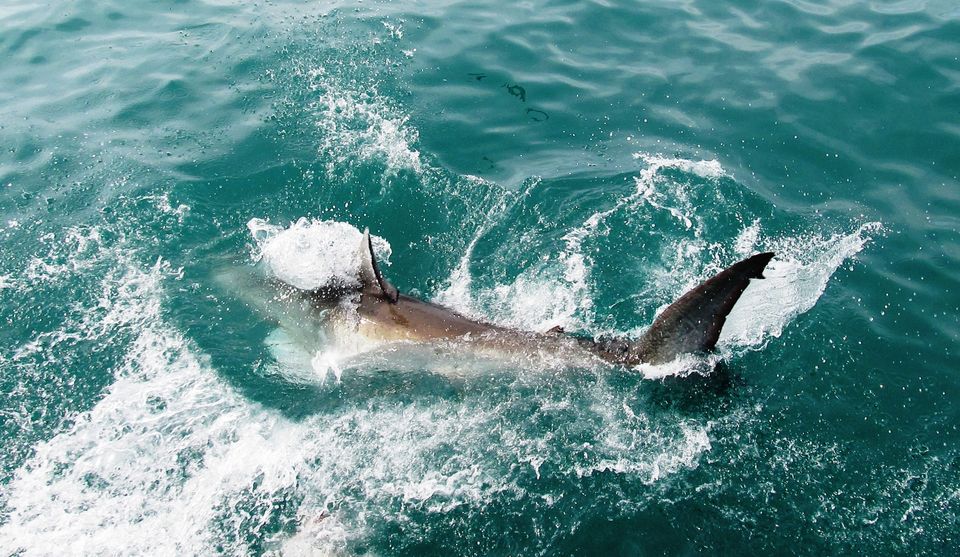
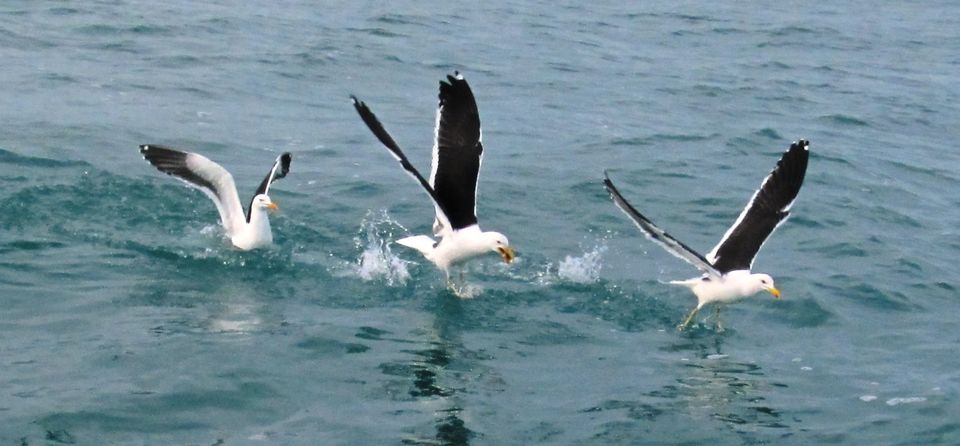




‘Wake-up call!’ said a voice over the intercom. It was the night of the blood moon and I had been slumbering in my hotel bed in the quaint little town of Hermanus, where we spent two days idling and whale watching. I was ready in a jiffy. Our bus left for Gansbaai in the wee hours. Arriving at dawn we saw the silver moon sink below the western horizon as the red-orange sun rose majestically in the east.
A sleepy South African seaside town on the Atlantic coast 34.5° south of the Equator and 170 kilometres from Cape Town, Gansbaai is known far and wide as the Great White Shark capital of the world. Breakfast was followed by a safety briefing and then we scrambled on to the boat. Half an hour later when it dropped anchor at a site not far from the shore, it was time to put on our diving masks.
Shark cage diving - the name itself is misleading. Don’t be fooled. The sharks are not in the cage. You are! Rubbing shoulders with the deadly creatures from the relative safety of a cage seemed like a good idea, or so our tour operator led us to believe. “Looking for a thrill? Why not take an up-close-and-personal dip in shark-infested waters?” But when the time came to enter the cold, dark cage, I developed cold feet. I didn’t even know how to swim! I surprised myself when I volunteered to be the first to go.
Diving gear on. Goggles covering my nose and eyes. Cooped up in a cage and immersed in water. I was soon joined by five other dare-devils, but I hardly noticed them, so deep was my own special distress. The diving instructor told me to breathe through my mouth. ‘Take a deep breath and dive’, he said nonchalantly. It sounded so simple.
They had fish head baits to lure the sharks. ‘Go down into the cage. Down, down, down!’ Claustrophobic in the diving suit. Legs on the steel bars, hands raised above my head, holding onto the top bars. Heart in my mouth. Now I knew exactly what lions and tigers feel when we put them in cages. Where had I parked my feet? Were they sticking out of the cage? Would the shark nibble my toes? I saw a shark just inches from me. Again and again it swam in our direction. Cameras clicked. Onlookers squealed.

Nauseated, seasick, and frightened, I was no longer intimidated by the proximity of sharks. The water could kill me all by itself! Every time I attempted to dive the Atlantic Ocean entered my mouth and ears and caused much gasping and spluttering. I’m sure the sharks enjoyed the scenario!
‘Get me out’, I pleaded, after swallowing copious draughts and deciding I couldn’t take any more. The cage was opened and I was hauled out. I’m not about to forget the taste of salt water for a long, long time.
I soon found out that the view from the deck was far better than the underwater view. That’s why the seagulls were there. Once a shark came alongside the cage and whacked its tail at the first occupant. That was the very position I had occupied a few moments earlier. No damage done though.
Our return journey was both exciting and terrifying. Many whales made their appearance but soon the sea got choppy. Everyone screamed as the boat rocked dangerously. There was a loud bang and seawater entered the vessel, wetting our clothes and feet. But it went out the way it had come.
We sailed to Geyser Rock where we saw thousands of Cape fur seals and loads of kelp. Shark barricades had been erected around it to keep the sharks from eating the seals. One of the crew members mentioned Dyer Island, the breeding ground of the African penguin and the Cape cormorant. The Punjabis in our group reacted angrily to the mention of Dyer’s name. They wanted to know if it was the same Jallianwala bagh-wala Dyer. Our tour guide was clueless. With some help from Google, I learnt that Samson Dyer was a harmless 19th century African-American who made a living by collecting bird droppings (guano) from the island and selling it on the mainland as fertilizer.
On the whole it was a great adventure despite the cold wind, the rough sea and the not-so-tasty water. Does shark cage diving harm the ecosystem? I’ve no idea – the sharks looked happy enough. Shark lovers tell us that fatal shark attacks are rare. But if you go out and ask for trouble don’t blame the shark if it bites off a limb or two!
Frequent Searches Leading To This Page:-
south Africa tour packages with price, south africa pilgrimage tour packages, cheap south africa tour packages, budget tours in south africa, south africa tour packages honeymoon, south africa trip packages, south africa holiday packages from india



